The Nvidia RTX 3050 and AMD Radeon RX 6500 XT are two of the most important entry-level GPUs of their generations, offering budget gaming performance to those with modest needs. Their retail price is similar and the average cost to add them to a pre-built gaming PC like those offered by Chillblast are relatively comparable. So which should you pick?
The question of which performs better will likely provide the answer you seek, but there are other factors to consider too. Like: support for visual enhancements like ray tracing, as well as various upscaling technologies, like deep learning super sampling (DLSS) and FidelityFX Super Resolution (FSR).
There’s always the fanboy angle to consider too. You wouldn’t be the first to lean towards team red or team green because they feel like your own.
Whichever way you’re thinking of going right now, though, take the time to check over what makes both of these graphics cards interesting buys, and why you might want to pick one over the other.
Nvidia RTX 3050 vs. AMD RX 6500 XT – The Specs
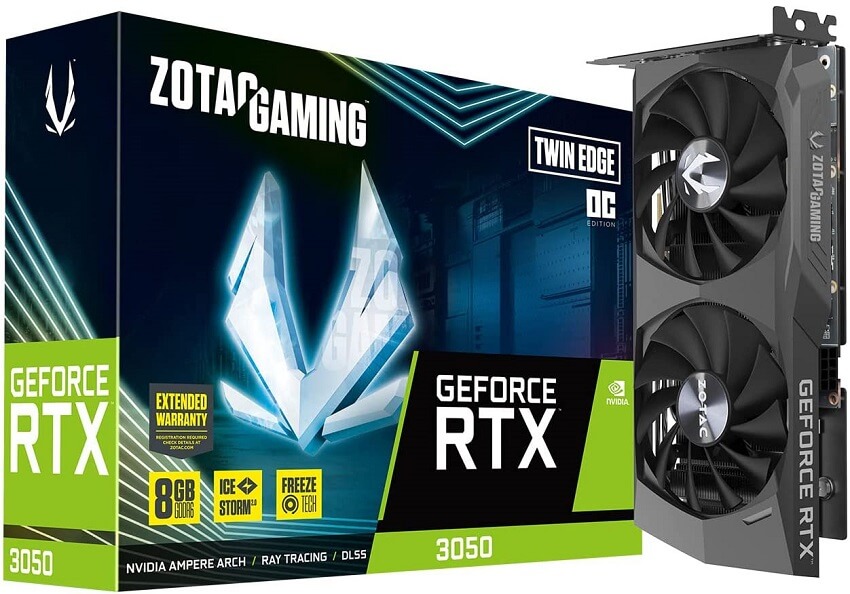
Specifications never tell the whole story of any component, but with graphics cards, they give you a firm base to build off of. The amount of VRAM might limit you in certain games which demand a lot of it, while the number of RT cores might make a game playable with ray tracing enabled, where it wouldn’t be on other cards.
There’s also other factors like thermal design profile (TDP) to consider, which can be a real limiting factor in small form factor builds where thermal and power headroom is limited.
Here’s how the RTX 3050 and RX 6500 XT stack up on paper.
| Nvidia RTX 3050 | AMD RX 5600 XT | |
| Architecture | Turing | RDNA 2 |
| Process | Samsung 8nm | TSMC 7nm |
| PCIE support | PCIE 4 x8 | PCIE 4 x4 |
| GPU cores | 2,560 CUDA cores | 1,024 Stream Processors |
| Tensor cores | 80 | N/A |
| Ray tracing cores | 20 RT cores | 16 ray accelerators |
| Base Clock | 1,552MHz | 2,310MHz |
| Game Clock | N/A | 2610MHz |
| Boost Clock | 1,777MHz | 2815MHz |
| Memory | 8GB GDDR6 | 4GB GDDR6 |
| Memory Speed | 14 Gbps | 18Gbps |
| Memory bus | 128-bit | 64-bit |
| Bandwidth | 224GBps | 144GBps |
| TDP | 130W | 107W |
The specs here are all over the place and the fact that these GPUs are pegged against each other in this matchup shows just how different the approaches that Nvidia and AMD take can be. The Nvidia RTX 3050 is built on a less mature Samsung 8nm node, but that doesn’t hold back its performance. It has a much lower clock speed, but with more than double the GPU cores, and close to 50% more memory bandwidth, it hopes to make up for these downfalls elsewhere.
The 6500 XT’s strange limits
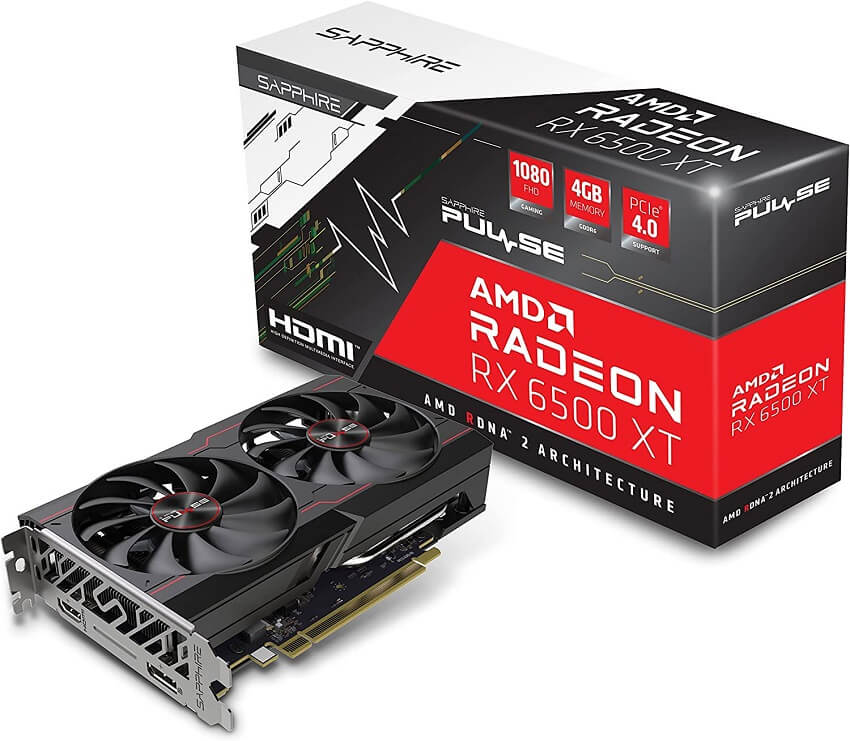
All in all, the RTX 3050 looks like a typical GPU on paper, whereas the RX 6500 XT has some very strange specs which make it stand out. For starters, its memory bus is limited to just 64-bit which has a real cramping effect on its overall memory bandwidth, which harms its real-world performance in turn.
It also has only 4GB of VRAM, which will make it hard to turn up much of any modern game’s settings outside of the basics. Budget GPUs don’t typically target Ultra settings in games, but with only 4GB, the 6500 XT is very much a GPU living in the past. Almost every other GPU released today has at least 8GB. And while the 6500 XT does fail to attract much in the way of crypto mining attention with such a limited about of VRAM, it also fails to draw much excitement from gamers.
The fact that the cryptocurrency market has now crashed and graphics cards are much more widely available again, doesn’t help.
One other specification which hamstrings the 6500 XT, is its limited PCIExpress support. Where the RTX 3050 can leverage the full bandwidth of a PCIE 4 x8 slot if it so desired (equivalent to a PCIE 3 x16 slot), the RX 6500 XT is limited to a mere PCIE 4 x4 slot. That hampers its potential performance and has a real-world effect on just how powerful the card can be.
The TDP of these cards is relatively close, with only 23W difference in it. Both cards should be good fits for small form factor builds and energy-efficient PCs, but neither is quite efficient enough to do away with any power cables, which feels like a missed opportunity, especially when that threshold is only 25W away for the RTX 3050.
Real-World Performance
All the raw numbers in the world can’t tell you what a graphics card will actually perform like when you put it under pressure. Fortunately, both the RTX 3050 and RX 6500 XT have been available for a few months so there are robust third-party test numbers out there we can lean on to see just how capable these two GPUs are.
They’re both capable enough in their own way, but the RTX 3050 is by far the more impressive of the two. Both will deliver a reasonable 1080p gaming experience, but you get much better frame rates with the RTX 3050 and much more consistent frame rates.
The difference can be stark, too. When paired up with a decent mid-range CPU, in Call of Duty: Warzone, the RTX 3050 is capable of a consistent 80+ FPS at 1080p with most settings on Normal. However, at the same settings, the AMD RX 6500 XT can barely manage 50 FPS at times.
In more intense games like Cyberpunk 2077, the results are even starker. Where 1080p Medium settings will see the RTX 3050 manage an average of between 60 and 70 FPS, the 6500 XT stumbles along at 30-40 FPS.
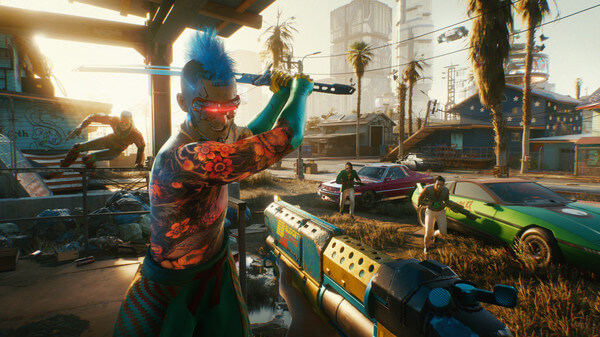
It’s not all as cut and dry, though. In games like Forza Horizon 5, the difference is a mere 10 percent, which considering the price difference, is actually quite an impressive achievement for the 6500 XT. It can manage over 80 FPS in Call of Duty: Vanguard if you keep everything on low, but then the RTX 3050 can hit over 100 FPS with ease on the same settings.
Games optimized for RDNA 2, like Assassin’s Creed: Valhalla, also shows the 6500 XT performing more favourably. It’s still not great, though, and once you raise settings or resolution, the memory and PCIExpress bandwidth limitations really show, as it falls behind even mid-range cards from six years ago, like the RX 470.
That’s deeply unimpressive.
Upscaling With the RTX 3050 & RX 6500 XT
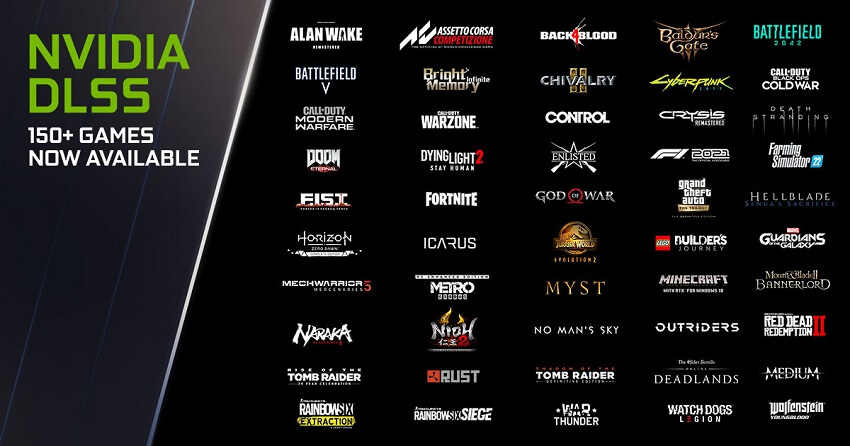
A major advance in graphics technology in the past couple of years has come in the form of dynamic upscaling.
First introduced with Nvidia’s RTX 2000 series of Ampere graphics cards with deep learning super sampling, it ushered in an age where gaming PCs don’t have to do all the heavy lifting themselves. Now in supporting games we can let AI help out by rendering the game at a lower resolution and then upscaling it to look closer to higher resolutions.
That technology has only come on leaps and bounds in the past few years, and though it remains an Nvidia exclusive, it’s still a fantastic way to make close to 200 supporting games look better. The RTX 3050 comes with the Tensor Cores required to make the most of DLSS, so if you play any of the games Nvidia lists as DLSS supporting, it may well be worth opting for the RTX 3050 just for that feature alone – it really is game-changing.
However, that’s not to say that the RX 6500 XT doesn’t have a few tricks of its own.
AMD has several intriguing upscaling technologies, including Radeon Super Sampling. This is available across any game and offers a simple, but effective upscaling and sharpening solution for a small boost in frame rates at a cost to visual fidelity. It can also use FidelityFX Super Resolution, which looks much better, especially in version 2.0 which is slowly rolling out to more games. It’s still not as good-looking as DLSS, but it’s pretty close and the 6500 XT can take full advantage.
The only flipside there is that the RTX 3050 can also use those AMD technologies. It may not get as good a result, as it isn’t optimized for it in the same way – and if DLSS and FSR are available, DLSS is typically better – but it does give the Nvidia GPU a leg up when it comes to upscaling availability; especially with the already more expansive library of DLSS supporting games.
Ray Tracing
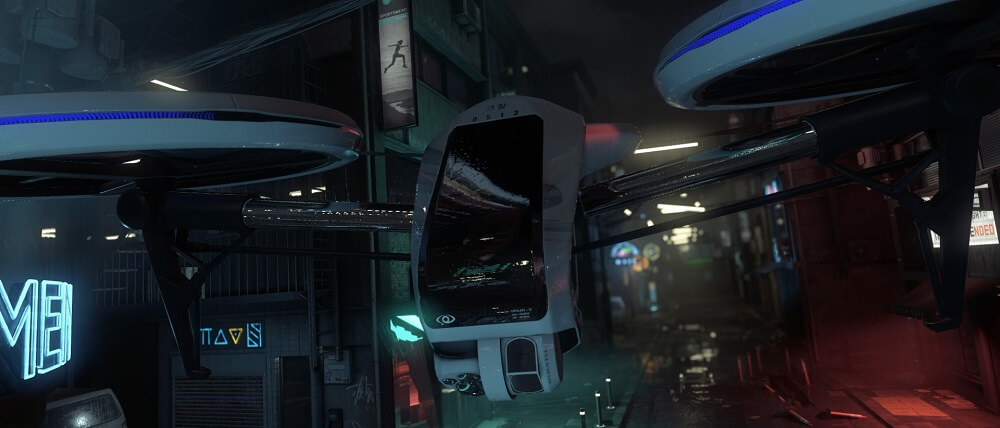
Despite advancements in ray tracing efficiency and quality over the past few years, it’s still an incredibly demanding visual feature that accurately renders realistic lighting in supporting games. It can make even older games like Minecraft and Quake 2 look fantastic. But, it places a significant strain on the GPU, bringing even mighty titans like the RTX 3090 to their knees at higher resolutions.
With that in mind, while both of these cards support ray tracing and in ultra-lightweight games may even be able to play with the setting enabled, it’s not one that either is particularly strong at. The RX 6500 XT in particular is unlikely to be able to display ray tracing without reducing the frame rate to a slide show.
It’s possible that the RTX 3050 can play certain lighter games with ray tracing enabled, especially if you can use DLSS and are happy to lower other settings to compensate, but ray tracing isn’t something you buy budget GPUs for. Save that for when grander cards are cheaper, or when the technology improves enough that more modest GPUs can handle it.
Pricing and Availability
It is with great pleasure that we can write that after two+ years of graphics cards being hard to find and harder still at fair prices, the shortages have finally come to an end and it’s possible to get almost any graphics card at close to its original retail price. That goes the same for both the RX 6500 XT and RTX 3050. So, while you might find some shortages periodically, both cards should see robust availability across most retailers and system builders moving forward.
Although pricing for graphics cards fluctuates a lot alongside their availability, GPU prices have settled down into something more akin to normality in recent months. That’s brought down the prices of these entry-level GPUs considerably, to where you can now find an RTX 3050 for under £300 at most major retailers, and even some at around £250 with a discount code.
The AMD RX 6500 XT is cheaper, however, with some cards being sold at around the £180 mark. That makes it much more affordable, but at a severe performance cost. You have to imagine that the weaknesses of that card play into its tumbled price in the hopes that someone will actually buy up the stock.
Which Card Should You Buy: the RTX 3050 or RX 6500 XT?
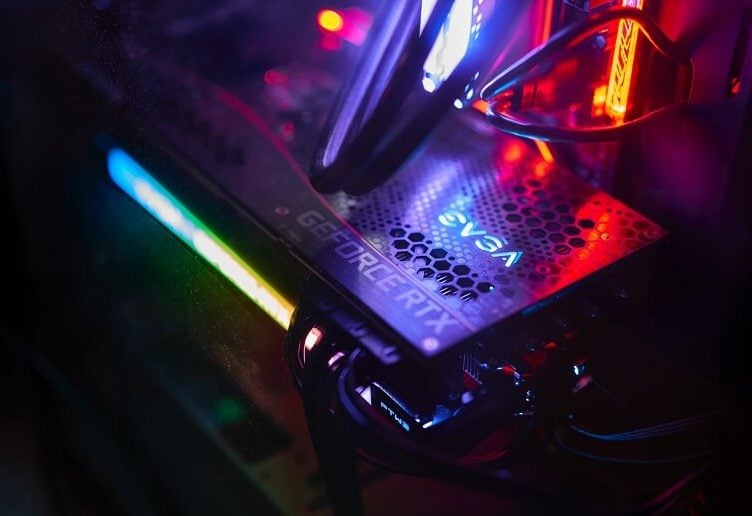
Although these cards are often pitted against one another, it’s clear from their performance and pricing differences, that these cards aren’t really in the same league. The Nvidia RTX 3050 is by far the more capable GPU, with better features, and much greater performance.
There’s a reason that Chillblast includes the RTX 3050 in many of our builds, and is a core option for our PC configurator, whether you’re building an Intel or AMD system. The RX 6500 XT, however, is not.
The AMD GPU is a passable low-end gaming card that can run many modern games at playable frame rates, and now that it’s settled at a more affordable price, that’s OK. But for not much more money you get an enormous improvement in performance with the RTX 3050, and with access to DLSS, the performance potential in the near-200 supported games is leaps and bounds ahead of anything the 6500 XT can even dream of.
If you can afford the added cost, the Nvidia RTX 3050 is by far the better card, whatever you’re playing.






